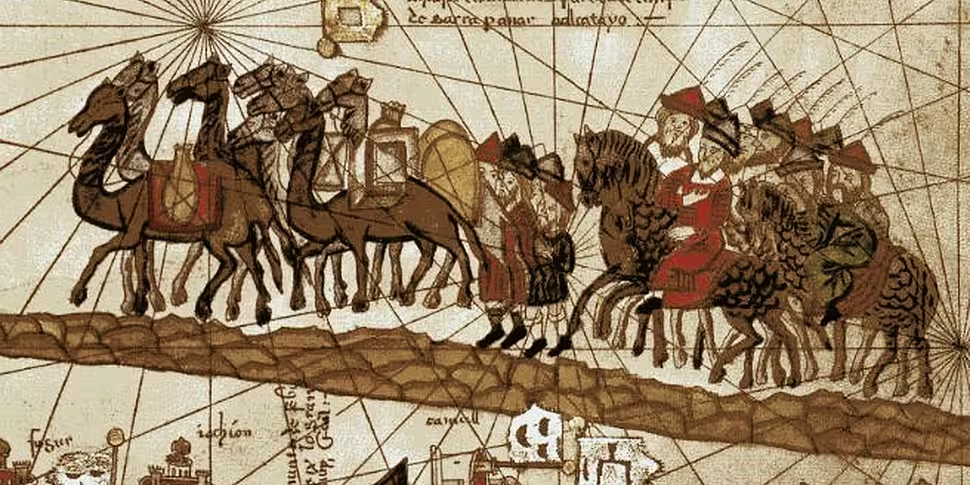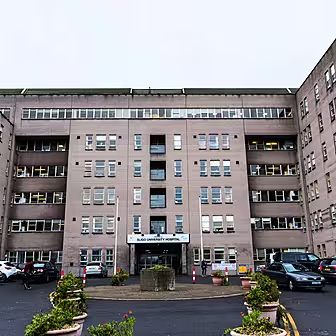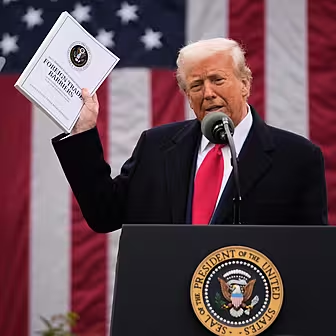In 1295 Marco Polo returned from the court of Kublai Khan weighed down with riches and stories of the amazing world that existed east of the Caucasus mountains and the Caspian Sea. Though many questioned this amazing account there were others who recognised the details from their own travels along the great Silk Road.
While Marco Polo's name has become synonymous with this ancient highway he was just one of millions who trod its path. A massive network of trade routes the Silk Road and been facilitating the exchange of goods, culture, technology, and disease for more than a thousand years before the famous Italian merchant was born.
Stretching west from Korea and Japan to Europe, the Silk Road provided a rich seem of wealth to the towns, cities, and villages that serviced the travelling merchants. The lifeblood of empires and inns alike the Silk Road was fiercely monitored and guarded by countless rulers; not least the Chinese dynasties, like the Han who erected the Great Wall in part to protect the Silk Road.
It wasn't just goods that traveled this ancient route. Hidden amidst the merchants' goods were disease, philosophy, technology, and religion. So it was that the Silk Road helped Buddhism, Islam, and Christianity grow across Asia and China and fostered learning and civilisation along its roadside.
As much as the Silk Road helped civilisation and culture grow it also brought ruin. The Black Death likely migrated west from China, the deadly plague-bearing fleas hidden among innocuous wares. Killing between 75-200 million people this disease ushered in an age of isolationism as cities and nations sought to protect themselves from the savage pandemic and the great flow of ideas and goods slowed to a weak trickle.
The Silk Road had existed long before Marco Polo and it lasted long after he was gone. Join Patrick Geoghegan as he talks with a panel of experts about this great network of trade routes and how they helped to define the world.









